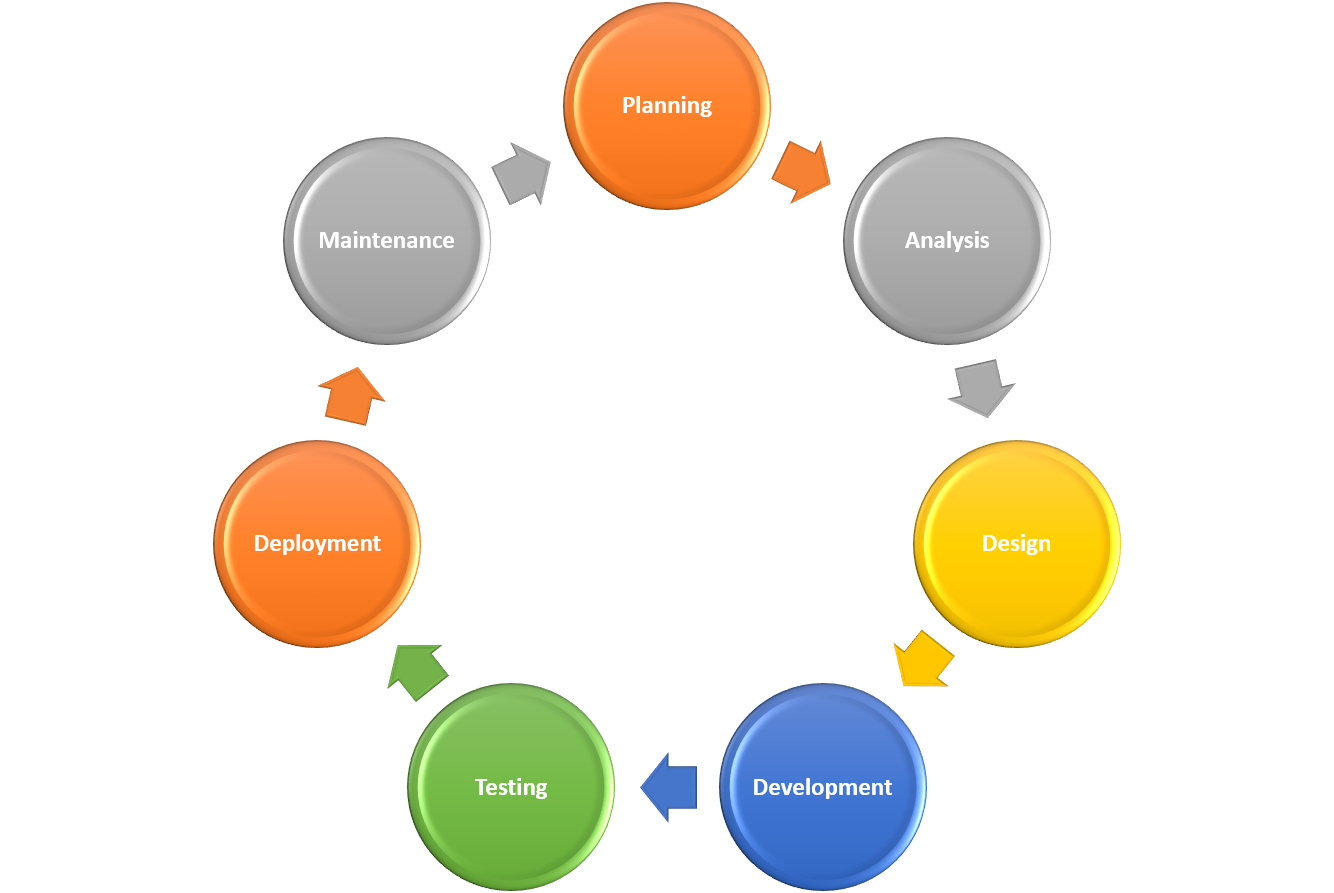Introduction:

In the dynamic world of project management, contracts play a pivotal role in defining the scope, responsibilities, and expectations of all parties involved. Choosing the right type of project contract is crucial for the success of any venture, as it sets the tone for collaboration and risk-sharing. In this blog, we will delve into the various types of project contracts, shedding light on their characteristics, advantages, and potential pitfalls.
Fixed-Price Contracts:
Fixed-price contracts, also known as lump-sum contracts, establish a predetermined cost for the entire project. In this arrangement, the client pays a fixed amount, regardless of the actual costs incurred by the contractor. This type of contract is advantageous for clients who want to maintain budget certainty, as they have a clear understanding of the project cost from the outset. However, contractors may find themselves at risk if unforeseen circumstances lead to additional expenses.
Time and Materials Contracts:
Time and materials contracts provide flexibility for projects with uncertain or evolving requirements. In this model, the client pays the contractor based on the time spent and materials used. This type of contract allows for changes in project scope and specifications, making it suitable for endeavors with evolving needs. However, it requires careful monitoring to prevent scope creep and ensure transparency in billing.

Cost-Plus Contracts:
Cost-plus contracts involve the reimbursement of the contractor’s actual costs, plus an additional amount for profit. This model is particularly beneficial when the project scope is not well-defined or when unexpected challenges arise. Clients have transparency into costs, and contractors are incentivized to manage expenses efficiently. However, clients may be concerned about potential cost overruns, and contractors may face challenges in estimating their profit margins accurately.
Unit Price Contracts:
Unit price contracts are prevalent in construction projects, where items are measured and priced individually. Contractors are paid based on the quantity of units completed at the agreed-upon unit price. This type of contract provides flexibility for varying quantities and is suitable for projects with repetitive elements. However, accurate measurement and tracking of units become critical to avoid disputes.
Incentive Contracts:
Incentive contracts aim to align the interests of both parties by incorporating performance-based rewards or penalties. These contracts can include bonuses for completing tasks ahead of schedule, achieving quality standards, or staying within budget. While incentive contracts can motivate contractors to excel, striking the right balance is crucial to avoid creating excessive risk for either party.
Cost-Sharing Contracts:
Cost-sharing contracts distribute project costs among the parties involved, fostering a collaborative approach to risk management. This type of contract is common in research and development projects where the outcomes are uncertain. Sharing costs can encourage innovation and joint problem-solving, but it requires a high level of trust among the parties.
Conclusion:
Selecting the appropriate project contract is a critical decision that significantly influences the success of a project. Each type of contract comes with its own set of advantages and challenges, and the choice should align with the project’s nature, complexity, and risk profile.
In practice, hybrid contract models combining elements from different types may be employed to tailor agreements to the unique needs of a project. Regardless of the chosen contract type, clear communication, detailed documentation, and a collaborative mindset are essential to navigating the complexities of project management contracts successfully.
By understanding the nuances of each contract type, project managers and stakeholders can make informed decisions that enhance the likelihood of project success. As the project landscape continues to evolve, staying abreast of emerging contract models and adapting to industry trends will be key to effective project management in the years to come.


